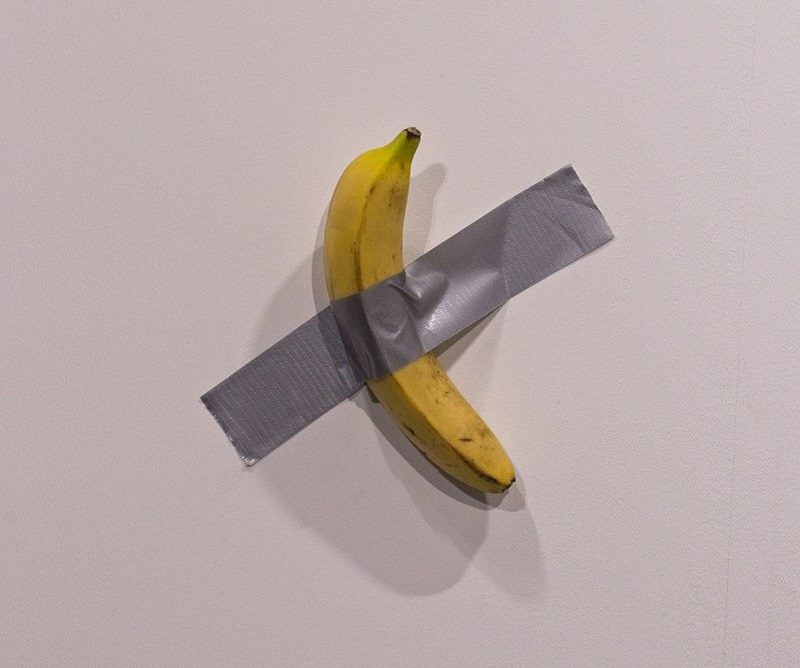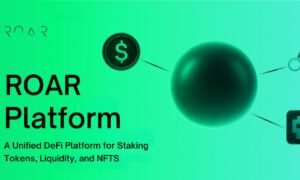The art world is a strange space, and new names are created every day. Beyond the names, some events change how we interact and experience art over time. This piece is looking into the 3 most important events that have shocked the art world, starting from the 20th century, and how they indirectly impacted the acceptance of NFTs.
The Duchamp Effect
Many Critics declared art dead when Marcel Duchamp exhibited his famous “R. Mutt” fountain in April 1917. The point of that critical declaration aligns with the confusion in the unfolding narrative of what art was back then. It also opened a new form of discourse that progressed anti-art sentiments across the globe in the early years of the 20th century. But Duchamp did not stop there. He went further to deface the Iconic Mona Lisa with a mustache and the title L.H.O.O.Q, as a paradoxical mockery of the affluent. These two important acts stretched the limits of what can be done with an already existing painting. Duchamp championed the concepts of cerebral aesthetics more than the retinal. It was more about the relativity of “meaning-making” as opposed to the excitement of the creative process. His narrative was to jolt the society back to its senses from the rot of a capitalist economy. Since then, two schools of thought have emerged; those who believe art is dead, and those who unequivocally believe it lives on.
The Banana Comedy
A century later, the boundaries of what art is shifted further. The Banana Duct tape phenomenon reminded the world how the Dada art movement shocked the art world with their ready-mades and vulgarity. In the 2019 edition of Art Basel Miami Beach, the Italian artist Maurizio Cattellan hit the world with his Comedian series. A real banana that is attached to a wall with a length of standard silver Duct Tape. There was nothing more to the art. It was just a single banana but interrogated the banalities of pop culture. Comedian sold for $120,000 for the first two pieces and $150,000 for the third. In fact, beyond the trend of its price, Comedian created such an unprecedented rush of experience that the Art Basel organizing committee had to remove it from the display because they were afraid the crowd coming to view it may destroy other valuable artworks. This began the euphoria that anything in this time can be sold, appreciated, and lauded as art. For the anti-art movements of the 20th century, it was more about the aesthetics of good and bad. But for the opposite modern movement, it boils down to what can sell more. And the question of “what?” brings in the answer of anything. Value, therefore, becomes the ultimate narrative of relativity.
The Beeple Effect
The Beeple sell created a new wave of interest for NFTs. This is because an old traditional auction house like Christies has embraced the emerging market. They have also taken a chance on the young FEWOCiOUS whose “The EverLasting Beautiful” sold for $550,000 on Niftygateway. The Beeple effect inspired other brands like Coca-Cola, Louis Vuitton, and artists like Damien Hirst to join in the NFT euphoria.
The Aftereffect of Rebellion.
The two examples from Marcel Duchamp and Maurizio Cattellan are significant because of the paradox they created in different centuries. Beyond the questions they raised, they created a trajectory that opened up new possibilities in art especially with emerging technologies. These are scenarios in time that have greatly influenced how NFTs became the most talked-about art trend of our time.
NFTs are Non-fungible Tokens. A non Fungible token is a unique digital asset stored on the blockchain that represents a form of art. These items range from Jpegs, texts, tweets, source code to even mp3. A cryptographic hash signature always acts as authenticity to an NFT and sometimes proves provenance.
It’s a year of NFTS. NFTs got the highest momentum because people’s consciousness has been exposed to art that rebels against the status quo. With NFTs the broad spectrum of what can be sold or bought is limitless. The list of collectibles ranges from tweets, articles, jpegs, mp4s, to any form of digital creation. Indeed, most people are yet to understand what it means to own these NFT pieces. However, NFTs have created further possibilities of what the future of art will look like. Patronage from a young generation of independent collectors kept the market floating. However, a new set of traditional collectors and creators are entering the space. Big brands, celebrities, artists are all jumping in for the fear of missing out.
But this is art today. The fusion of technology and the unending possibilities it holds. Art, after all, mirrors the society, and the society reflects the cultural trends art will follow. NFTs are not going away soon, because, after the bubble, the real creators will remain, and lead the biggest cultural revolution of the 21st century.



































